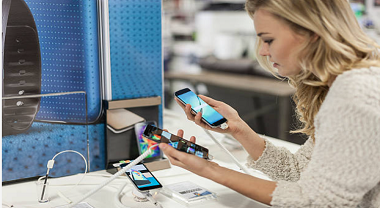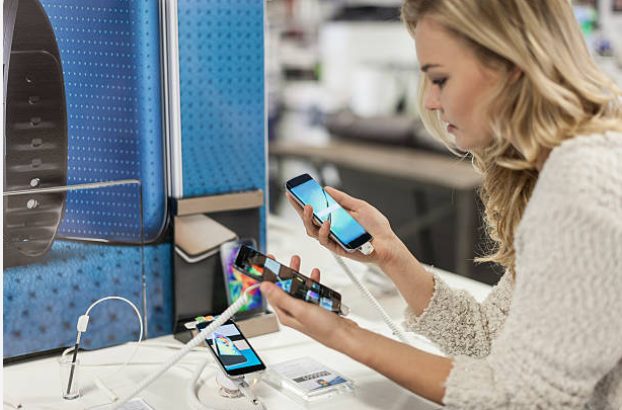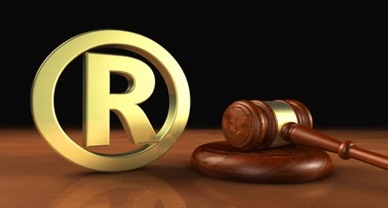Trademarking of Store Layouts
Today, business and commercial environments are evolving at a rapid rate. To ensure consumer loyalty and profitability, companies strive to remain as unique and inimitable as possible. As a result, companies have begun to strategize their business models in a manner that would boost their goodwill, reputation and authenticity. Such strategies are not merely restricted to trademarking names, patenting products or copyrighting creative material. In fact, businesses have begun to extend the scope of Intellectual Property laws by protecting subsets of their products or services. This has introduced a new wave of non-conventional trademarks. Non-conventional trademarks can be classified as a new type of trademark that does not fall under the category of pre-existing, conventional trademarks. However, like conventional trademarks, non-conventional trademarks satisfy the essential functions of a trademark which is to identify the commercial origin of products or services, suggest guarantee and quality of a product or service and make it unique and distinguishable. Since non-conventional trademarks satisfy the aforementioned functions of a trademark, it is protectable by law. Some examples of non-conventional trademarks include smell trademarks, sound trademarks and shape trademarks. Store layouts is a type of non-conventional trademark. A store layout is the design of a store’s space and the placement of various items in a particular area. Surprisingly enough, store layouts play a crucial role in boosting the brand image, consumer favourableness and profitability of the business. When a store layout is designed to create a smooth traffic flow of customers, has attractive display spaces, is well lit and has an exclusive design with placements that are unique to the brand, it could significantly influence consumer behaviour, thus leading to profitability. Due to this, several commercial entities have successfully attempted to trademark their store layouts as well.
[Image Source:gettyimages]
In a broad sense, store layout trademarks can be defined as the trademarking of a store or a business establishment (such as a restaurant, office or a studio) wherein the placements of various aspects of the layout, such as the lighting, placement of furniture, designs or colour schemes are considered to be unique and specific to a particular business and is hence, protectable using trademark laws. There are numerous advantages of registering store layouts as a trademark. For one, it could add to the reputation, goodwill and brand image of a particular business. When store layouts are distinguishable and specific to a particular brand, consumers recognize and associate the brand to the store layout. This could lead to commercial gains. Secondly, trademarking a store layout could prevent other brands from copying a store layout that is specific to a particular brand. As mentioned earlier, efficiently designed store layouts could significantly impact consumer behaviour. Thus, the store layout is considered to be an Intellectual Property of the store layout designer. Since the placements within the store layout serve a purpose, trademarking the store layout can prevent other companies from unjustly copying the store layout. Lastly, brands may boost their commercial revenue by licensing their store layouts.
One of the most popular examples of store layouts is the Apple Inc flagship stores. The UPSTO granted Apple a trade mark registration for a three-dimensional representation of their store layouts under class 35, which included “retail store services featuring computers, computer software, computer peripherals, mobile phones, consumer electronics and related accessories and demonstrations of products relating thereto”. The Court of Justice of the European Union (CJEU) adjudicated that prima facie, the store layout could be represented graphically. The application consisted of a depiction of the store layout created with the help of “lines, curves and shapes”, which were sufficient to constitute a trademark. Moreover, it was elucidated that a retail store can be used to distinguish a brand which is one of the factors that must be satisfied to grant a trademark. Lastly, it was held that the store layout consisted of several features that were specific to Apple stores (such as the display, lighting and the order of customer movement) and that since the store layout is distinguishable, the goods and services provided within the store would be linked exclusively to Apple Inc.
In India, there are no laws that specifically deal with store layouts. However, the trademark laws that apply to conventional trademarks are applied to non-conventional trademarks as well. Such laws include section 2(1) (zb), which explains that in order to grant a trademark, “the mark should be capable of being represented graphically and that it should distinguish the goods and services of one person from those of others”. The lack of laws regulating store layout protection is not a barrier for Indian businesses to register their store layouts. Over the years, several Indian companies have endeavoured to protect their store layouts. The Bombay Stock Exchange Limited had attempted to register its 28 storey Phiroze Jeejeebhoy Towers as a trademark. Moreover, the Taj Mahal Palace, one of India’s most popular hotel chains, had filed applications to protect various aspects of their hotel layout, such as the central dome and the tower wing exterior. Other examples of store layout trademarks in India include the Health and Glow showrooms, Godrej Discussion areas, Godrej colour visualizer rooms, Vedic restaurant layout and Godrej material Library rooms. The Godrej discussion rooms were considered unique since they would consist of a particular type of placement of furniture items. The application defines such placements as “A touch table for customer interaction, theme selection and room planning” or “an inward curving panel with TV fitted on one side of the walls for design presentation and viewing of 3D renderings of rooms”. The protection of store layouts does come with several advantages. However, at the same time, it does stretch the scope of trademark laws to give rise to certain disbenefits. One of the significant issues that most store layout applications face is proving the distinctiveness of a store layout. The onus is on the applicant to prove that the store layout created is specific to the business and that the consumers may immediately recognize the brand through the store layout. Such conditions to prove the distinctiveness of the store layout to get it registered is considered excessive and disproportionate. However, since the commercial sector has been developing rapidly, competition among businesses has also accelerated. Since companies strive to stay as unique as possible, an influx of store layout applications can be anticipated in the near future. This may also lead to the formation of IP laws specifically created to regulate store layouts among Indian retailers.
Author: Sanjana, a BBA LLB student of Symbiosis Law School (Hyderabad), in case of any queries please contact/write back to us at support@ipandlegalfilings.com.




